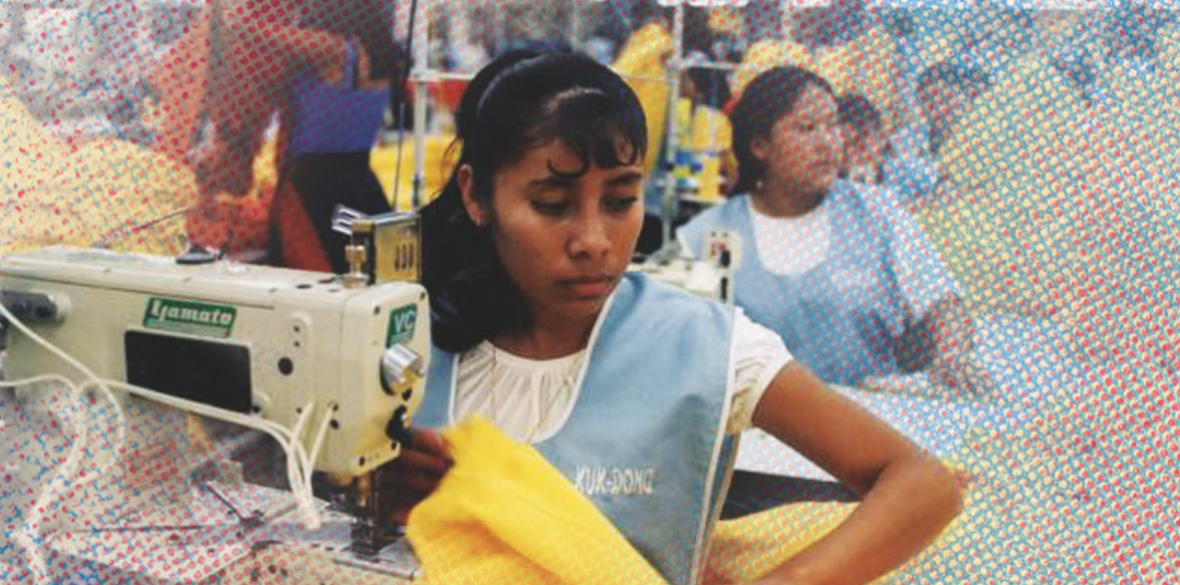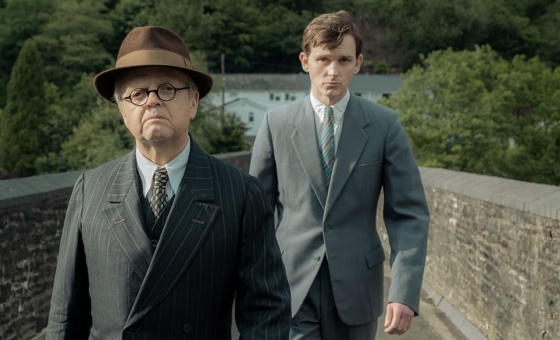This is the last article you can read this month
You can read more article this month
You can read more articles this month
Sorry your limit is up for this month
Reset on:
Please help support the Morning Star by subscribing here
AT first glance perhaps just jargon to confuse the uninitiated and demonstrate the assumed superiority of those who know the answers, particularly because they involve measures and ratios. However, they are useful terms for understanding capital and capitalism.
First, the “organic composition of capital” (OCC). Capital is the means whereby production takes place and (for the capitalists, who own it) enables profit to be made. At its simplest, it consists of two elements, which Marx labelled “constant” and “variable.” The distinction is important, because ultimately only human labour can create new value.
In Capital, Marx illustrates the distinction in terms of a factory producing a particular commodity. Constant capital is the monetary value of components and materials, together with the fixed assets (such as plant and buildings) “used up” (as measured by depreciation or maintenance costs) during production and effectively embodied in the product when it is sold.
“Variable” capital is the labour power (the capacity to work) that a hired worker “sells” to an employer and without which no production could take place. The capitalist gets more value from labour (work) embodied in the product than is paid out as wages. This “surplus value” is realised on the sale of the commodity as profit.
The relative amounts of each, expressed in money terms as the proportion of constant (“c”) to variable (“v”), are what Marx called the “organic composition” (the ratio c/v) of capital. Other formulae such as c/(c+v), the ratio of constant capital to the total capital invested, are sometimes used.
Marx used the term “organic,” because it recognises the importance of “living” (human) capital as well as “dead” (or inert) elements “invested” (and used up) in the production process.
The “living” part is employed labour-power “purchased” with wages; the “dead” parts are the tools, equipment and material inputs which are the results of past labour.
Because these elements are measured in value terms they are easier to calculate than the proportions of actual or “concrete” labour (the “socially necessary labour time”) of which they are composed. Marx called this the “technical” composition of capital — effectively the average mass of constant capital per worker across the whole economy.
An earlier Full Marx column (number 97) introduced the concept of “relative” surplus value — increasing profits through (in Marx’s words) an increase in “the productiveness or in the intensity of the labour.”
Marx argued that — particularly in a competitive situation — there would be a tendency for the organic composition of capital to rise over time, as capitalists introduce machines and other technologies to increase labour productivity, often reducing their workforce as they do so.
This may or may not reduce the costs of production (increasing profits) or the selling price of a product (improving competitiveness) but it always reduces the proportion of wages in the total value of the product.
Importantly, Marx’s illustration of the factory was a metaphor for the economy as a whole, in which labour processes always ultimately produce a material outcome in terms of goods or services. Particular sectors such as financial services and sales may have their own trends but, it is argued, in a global economy the organic composition of capital continues to rise.
So what about the “tendency for the rate of profit to fall” (TRPF)? The rate of profit is defined as another ratio, the proportion of realised surplus value (“s”) to the total capital, “dead” and “living” (c + v) invested. Other things being equal, as the organic composition of capital rises, the rate of profit (s/c+v) will fall.
It’s important to distinguish the rate of profit (s/c+v) from the rate of exploitation (s/v) which, as the ratio c/v grows, will also grow. It’s important to distinguish the rate of profit also from the total mass of profits which for many sectors of the economy have today never been higher.
The keyword here is “tendency.” Marx himself was clear that the falling rate of profit was a tendency, not an absolute “law”›; it could be offset by strategies on the part of capital itself and by the (sometimes unplanned) outcomes of the contradictions within capitalism.
And it is the rate of profit which tends to decline, not actual profit which can hold for a time even if the rate goes down, but that is why capitalists have to take action to mitigate the decline in rate.
One strategy is to increase the scale and intensity of exploitation from a given population. Lengthening the working day and the working week or year — techniques employed in the past — are tactics that have made a big comeback in recent decades.
The same effect has been achieved through other means, including increasing the working lifetime by raising the retirement age and forcing the disabled into employment through cuts to the benefits system (including universal credit).
Casualisation, phoney self-employment and zero-hour contracts are commonplace and also serve to offset the tendency of the rate of profit to fall. And a “reserve army” of unemployed, precarious or low-paid workers delays its visibility.
Another strategy is the expansion of credit. Credit delays the expression of a falling rate of profit. Inflation itself has the effect of reducing wages.
In some cases this may be a reduction to below the value of labour power, the level required to maintain life and produce the next generation of workers. Importantly, this can only ever be short-term, as capital cannot risk losing labour, its wealth creator.
Cuts in the social wage (education, health and other public-sector services such as libraries, sports facilities, environmental quality) also have the effect of offsetting a falling rate of profit.
The export of capital to other economies where there is a higher rate of exploitation (imperialism) is often accompanied by a reduction in the necessary costs of reproducing labour by securing cheaper supplies of food and subsistence goods either domestically or externally through colonial power.
Reducing labour replacement costs of constant capital through innovation — thereby cutting its current labour value — has been a feature of capitalism throughout its history, but this generally depends on high levels of investment and may be difficult in a recession.
Technical change is central to capitalism and, alongside competition, is a major driver of a rising organic composition of capital.
However, despite media hype around automation, investment to cut the labour replacement cost of fixed capital has fallen over recent decades, due in part at least to the availability of higher profits through financial “products” and the further financialisation of the economy.
Research and development has in general focused more on product innovation (smartphones, new drugs) than on process innovation, primarily because these offer greater returns in a globalised market.
And, as Marx himself pointed out, if all else fails, one response of capitalists to a falling rate of profit is the destruction of capital itself (though preferably not their own). This is most drastically realised through war or by the diversion of investment to hugely profitable preparations for one.
All the above is a matter for research and analysis both in terms of the underlying tendency and in its consequences which will vary according to circumstances.
Marx developed the concepts of OCC and TRPF not to show that capitalism will inevitably collapse of its own accord, or that the profit rate will eventually be reduced to zero. His purpose was to examine the dynamics of change within capitalism and to provide a framework for analysing the strategic options that the capitalist class will use when their dominance is challenged and at particular moments of crisis.
That analysis is as important today as ever if we are to respond to the growing attacks on living standards and grow the movement for an alternative to our exploitative, dysfunctional and destructive economic system.
The Marx Memorial Library’s eight-week online course on “Marxist Economics for Beginners” starts Tuesday September 12. On Thursday September 14 there’s an online and on-site panel discussion Fifty Years Since the Fascist Coup in Chile and on Saturday September 16 Marx House has an open day — well worth a visit. Details of these and of MML’s rich autumn programme of lectures and courses on www.marx-memorial-library.org.uk together with downloadable copies of past Full Marx columns (this is number 104).











